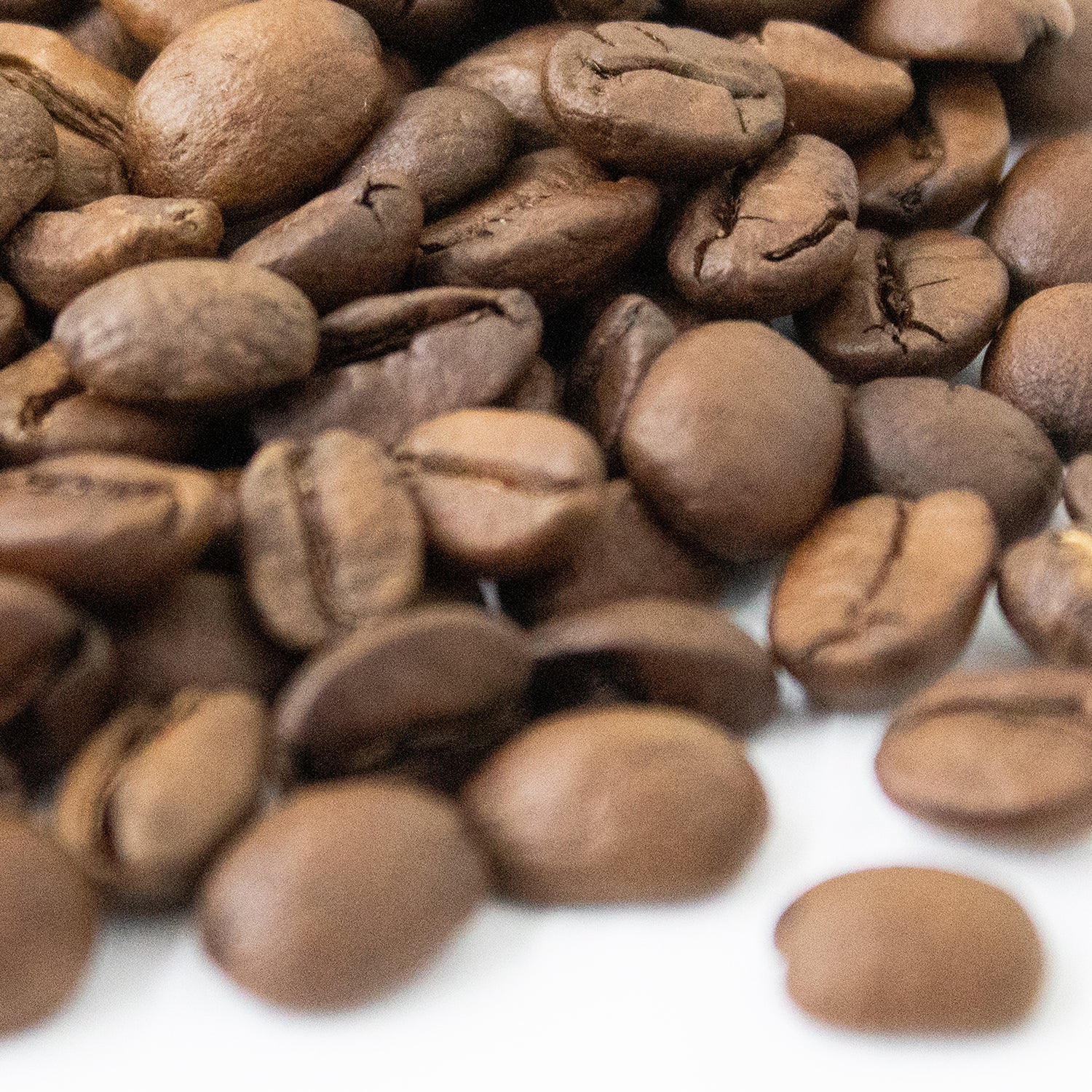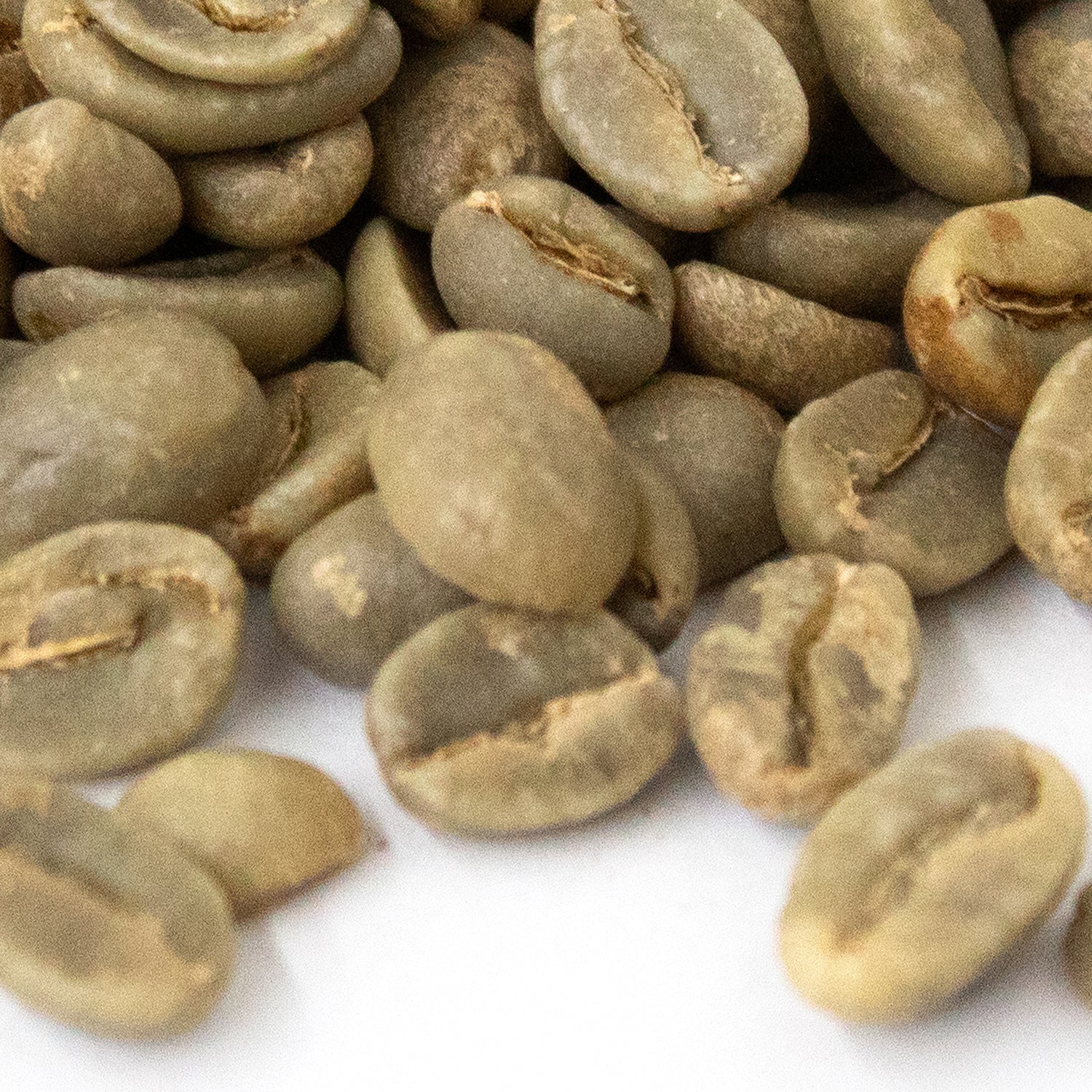African
Ethiopia Geisha
Ethiopia Geisha
In the southwest corner of Ethiopia near the village of Gesha, in an area of very little deforestation, grew one of the most magical varietals of coffee for hundreds of years without notice. It was essentially undiscovered until 2004 when it was brought to Panama for cultivation and ended up winning the Cup of Excellence, making news all over the industry. This newly discovered varietal tasted of flowers, sweetness, berries. Over the next several years it sold for $100 a pound or more. Everyone wanted to try it. Soon, Guatemala started growing it, and with their alitude and climate, their crops tasted even better then what Panama was producing. Then Colombia and Costa Rica got into the Geisha market, both with great success. In the past few years, the price has fallen to about $20 a pound as more and more is available in the markeplace.
Just a few kilometers east of the village of Gesha is another small village called Bebeka. The Bebeka Village decided to start growing the Gesha varietal for commercial sale, and instead of it being the washed process that all the Central American countries are using, they used the dry process (natural) on their African drying beds. They then sorted and sorted and sorted it until it met a Grade 1 quality (almost unheard of for natural process coffee). To have a Geisha from its native land of Ethiopia, processed naturally, and sorted to perfection, is a really special experience. It is absolute top shelf coffee by any standard or comparison.
Use this guide which is for roasting a natural processed geisha from Panama but seems to be the right way to roast this one as well. https://bootcoffee.com/wp-content/uploads/2014/10/lamula_roasters_guide.pdf
Although we usually don't suggest the need to let a coffee rest after roasting, this bean does make some rather dramatic flavor changes over the first few days. Right out of the roaster, it is overwhelmingly floral. Notes of jasmine and chamomile are unmistakable, with a honey sweetness and clean finish. It has so much flavor, you almost forget that it is coffee. It transports you to the African forest in a magical daydream. It reminded us of a scotch -- not in flavor, but in the sense that this coffee is like a liquid candy for your mouth -- and how it has such an intensity of flavor when it hits your mouth, and so much complexity to absorb.
Give it another day or two and it is even better. Now you still have the floral beginning, the chamomile, jasmine, honeysuckle, but it is a little bit muted. They are sweeter. Chamomile with honey in it. The sweetness grows, a thick cane sugar or rock candy sort of sweetness melting in your mouth. This then turns into blueberries and citrus, but the citrus is more of an afterthought, a memory of a sip of sweet lemonade on a porch swing on a summer day, before returning to pull stems off the basket of berries. And then this turns into chocolate, leaving you with a clean finish (no earthiness) and a great taste in your mouth. Although many of these flavors are found in tea, the coffee is NOT tea-like. It does not have the thin body or a black tea taste that many Ethiopian coffees exhibit. It is smooth and medium bodied and works with any brewing method.
10 years ago this coffee -- not just a Geisha, but a Grade 1 Ethiopian original strain heirloom Geisha where it was originally discovered --- would have fetched $200/lb, and even three years ago, this coffee was selling for close to $100/lb. It is with great excitement that we can offer it this year for under $10/lb. This is the same lot that we carried in the fall, but the importer was eager to sell the last few bags in their warehouse and gave us a killer deal to make room for 2016 crops.
US arrival: August 2015






